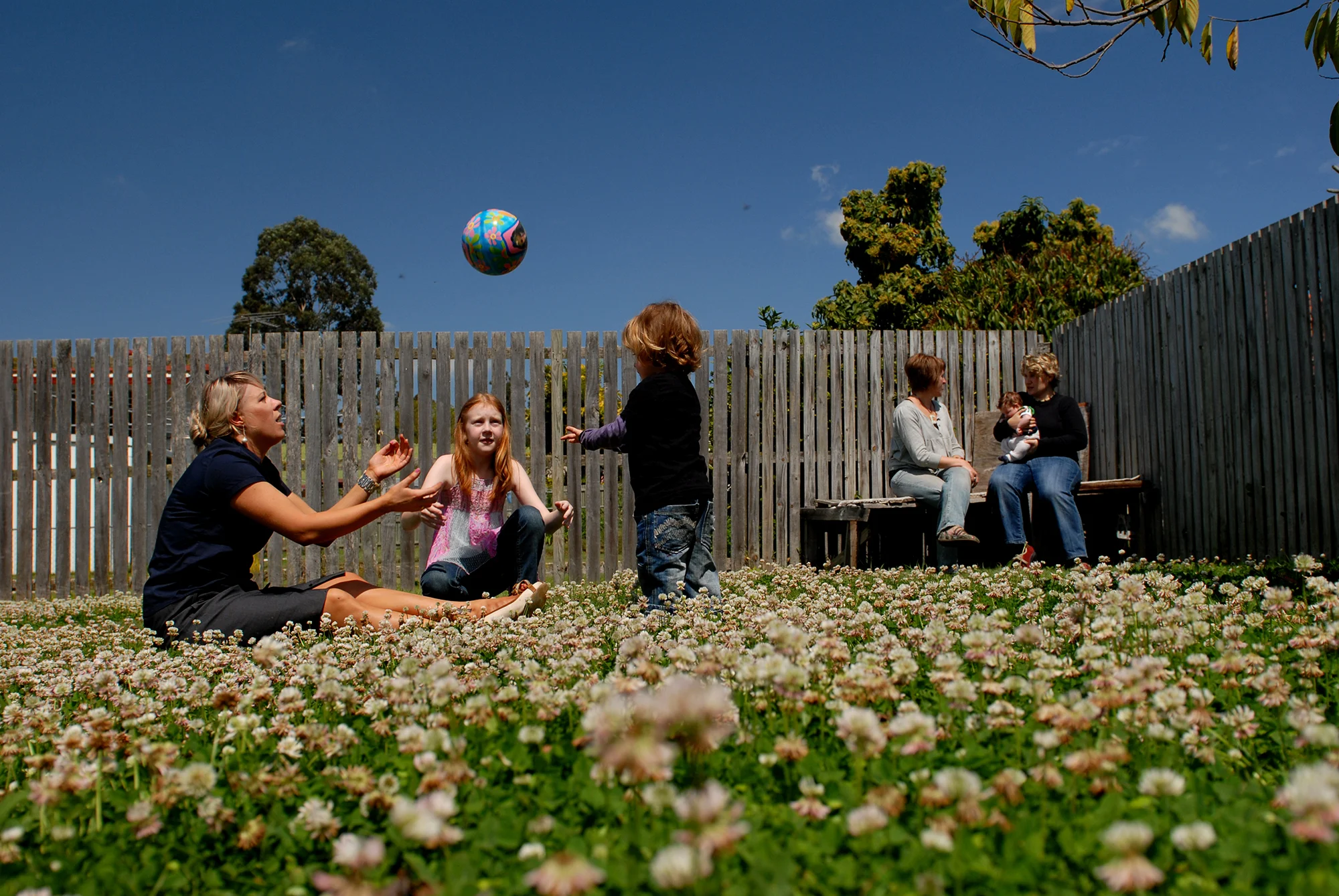SEWF Day Two – Entry, Evolution and Exit in Impact Investing

Day two of the Social Enterprise World Forum in Milan saw the impact investing conversations ramp up a gear, giving leading impact investors the opportunity to share detailed (and sometimes difficult) experiences; and to learn from each other. From this, a common set of challenges and best practices is beginning to emerge across all stages of impact investing, from entry to exit, in all countries.
Entry – Choosing the right partner
The first step to a successful impact investor/investee relationship is choosing the right partner. “Take money from the right investor, not just tourists to the impact investing space” was the advice from Sophi Tranchell MBE, CEO of Divine Chocolate (a UK-based Fair Trade chocolate producer partly owned by cocoa farmers).
But what exactly is the right investor and what is a tourist? In the case of Divine Chocolate, the right investors were a combination of Twin Trading (Fair Trade expertise), The Body Shop founders Anita and Gordon Roddick (retail experience and serial social enterprise backers) and Oiko Credit (a Dutch social investor), plus a range of charities and the UK Government’s Department for International Development. This set of investors provides more than just money – networks, support and mission alignment were also key success factors.
Evolution – Driving the social enterprise to success
Once you’ve identified the right partner, it’s about working together to achieve your mutual goals. But, in an equity investment, who holds the steering wheel; is it the investor or the social entrepreneur? In the commercial world there seems to be a range of alternatives that work, from hands on investors to hands off investors.
The growing consensus at SEWF 2015 – from both the investor side and social entrepreneur side – appears to be that the social entrepreneur drives the business but is best supported when the investor has one hand on the steering wheel. That doesn’t mean the investor is dominant, controls the Board or even has a seat on the Board. Instead, what it means is that the investor is seen as a valued sounding board for key decisions.
Why might the investor role vary in the social enterprise space compared with the commercial space? One reason is to do with maturity – most social enterprises are relatively early stage and benefit greatly from support services and networks. A second reason is the desire to ensure there’s no mission drift – that the organization stays true to its original social mission – or has extenuating reasons to diverge.
Exit – A Co-designed process
Good, bad or ugly, most impact investments will exit the investor’s portfolio at some stage. But how is this best achieved? For most investments, the answer is through a co-designed process between investors and social entrepreneurs. This process should be no different to the commercial world – investors and social enterprises should sit down during the due diligence stage to discuss exit strategies and time frames. The exit strategy may, however, be different. The social entrepreneur may wish to stay on over a longer term to solve humanity’s tough ‘pain points’, compared with a tech entrepreneur that may be seeking a quick exit for maximum return. Here, transparent communication is key – both partners need to understand each other’s objectives from the outset.
As SEWF comes to a close I will return home with a wealth of stories, insights and contacts to inform our work with social enterprises in Australia.



